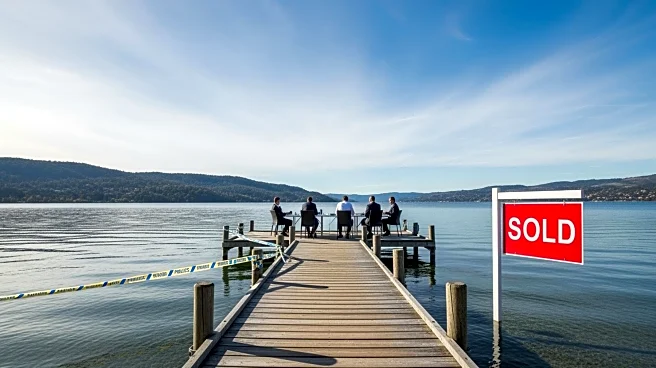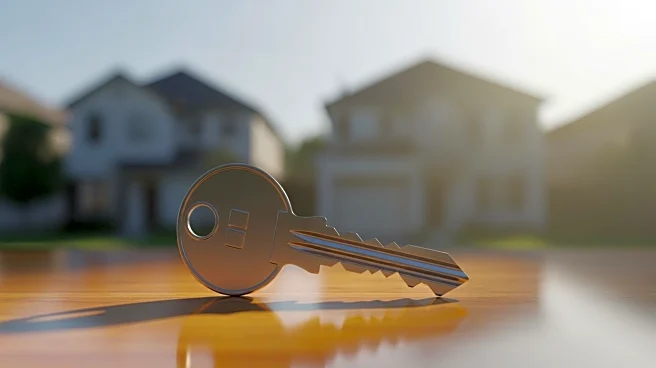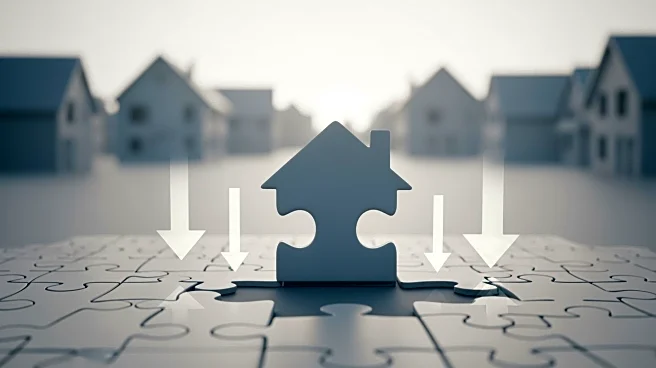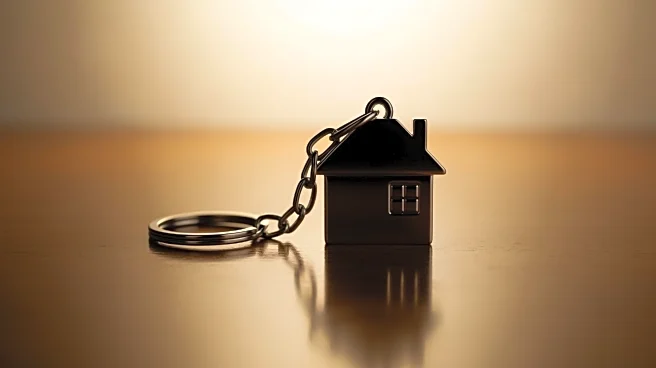What's Happening?
The Milwaukee area housing market has experienced significant growth, with the largest year-over-year home price increase among major U.S. metropolitan areas, according to a report from Redfin. The median home price in the Milwaukee area reached $360,000
in September, marking a 9.1% increase from the previous year. Despite this rise, the median price remains below the national average of $435,545. Lakefront properties, particularly those with views of Lake Michigan, are in high demand. Recent sales include a Fox Point home sold for $1.05 million, a Racine lakefront home sold for $1.6 million, and a Milwaukee condo sold for $227,500. These properties offer amenities such as fireplaces, sun rooms, and balconies with lake views.
Why It's Important?
The surge in home prices in the Milwaukee area reflects broader trends in the U.S. housing market, where demand for properties with scenic views and desirable locations continues to grow. This trend is significant for real estate investors and homeowners, as it indicates a strong market with potential for high returns on investment. The increased demand for lakefront properties may also impact local economies, driving growth in related sectors such as construction and home improvement. Additionally, the rising prices could affect affordability for potential buyers, influencing demographic shifts and housing policies in the region.
What's Next?
As the demand for lakefront properties continues, real estate developers and investors may focus on expanding offerings in the Milwaukee area to capitalize on the trend. Local governments might consider policies to address housing affordability and ensure sustainable development. The ongoing interest in scenic properties could lead to further price increases, prompting potential buyers to act quickly to secure desirable locations. Additionally, the market dynamics may attract more attention from national real estate firms looking to invest in the region.
Beyond the Headlines
The rising demand for lakefront properties highlights cultural and lifestyle shifts, with more individuals seeking homes that offer natural beauty and recreational opportunities. This trend may influence urban planning and environmental considerations, as communities balance development with preserving natural landscapes. The emphasis on scenic views could also impact architectural styles and home designs, prioritizing features that enhance the connection to the surrounding environment.













